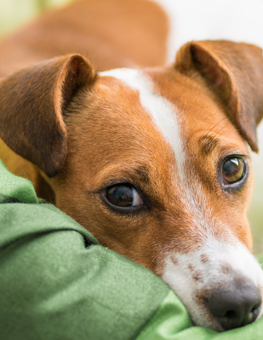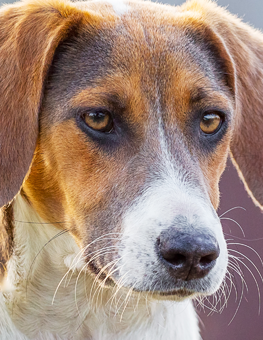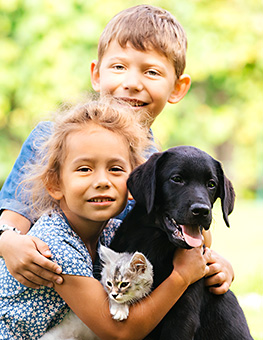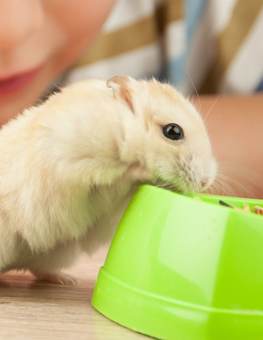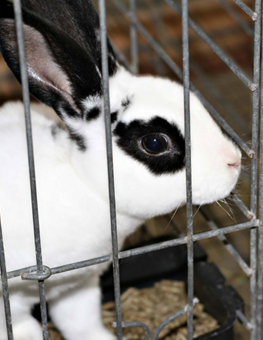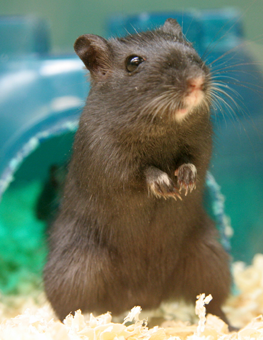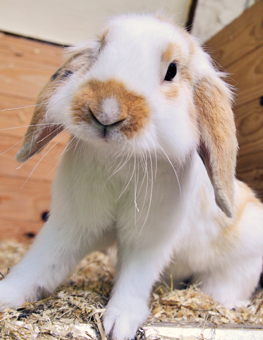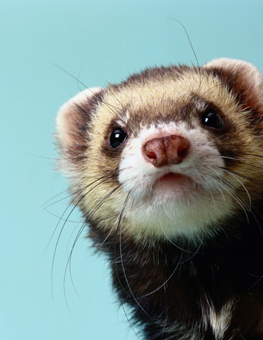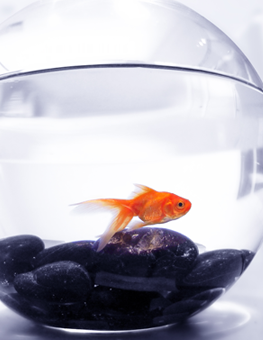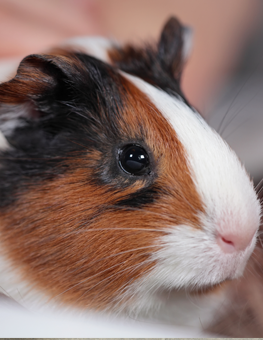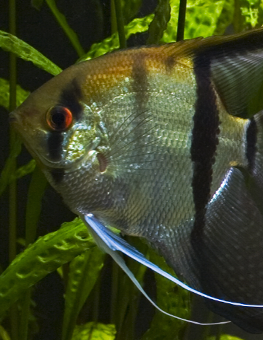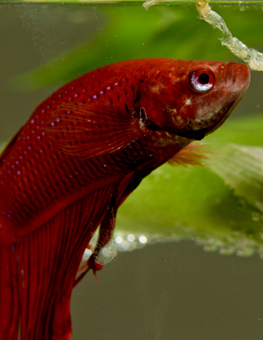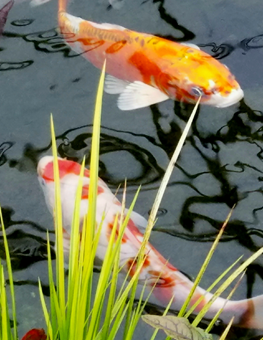Small Animals in the Classroom
Small animals in the classroom help children develop compassion and learn responsibility.
Never underestimate the power of a pet. Pets increase a child’s interest for understanding all forms of life and help foster respect for the animals that share this planet with us. Classroom pets also are a fun way to build observation and listening skills and to teach cooperation among students, important life lessons that can be integrated into every subject, not just science.
Not all pets, however, are well suited for young children and classroom life. Their ability to thrive in your classroom environment largely depends upon how well you meet their physical, behavioral, nutritional and medical needs, so do some careful research before choosing your classroom pet.
- Gerbils
Gerbils are active and entertaining, have some diurnal habits (awake during the day) and are easy keepers, but are not as intelligent as rats. - Guinea pigs
Guinea pigs are quiet and docile animals and if their cages are kept clean, they have very little odor. They are active during the day and their needs are basic: hay and fresh veggies, clean water, and an outside source of Vitamin C (available as a supplement or in special guinea pig-formulated feed pellets). - Hamsters
Hamsters are classified as nocturnal and will typically sleep during the day when class is in session but most hamsters divide their day with periods of sleeping and waking. Hamsters respond well to being handled making them good for children. - Rabbits
Rabbits are not a good choice because they need daily exercise, have an inclination to chew and will require “rabbit proofing” the classroom. They are also social animals and do not do well in isolation. - Rats
Rats are friendly, very intelligent, and generally very good with kids. Their curious nature, however, can make them an unsuitable pet for younger children, especially those not comfortable with handling such a quick animal.
There are a number of resources available through educational organizations that can assist you with developing a pet program for your classroom. Pet Care Trust (www.petcaretrust.org) is one such organization. The founder, John Pitts, D.V.M., has established a program and put together a manual with lesson plans focused on pet lessons in the classroom. The National Science Teachers Association (NSTA) also has written an informative piece called “Responsible Use of Live Animals and Dissection in the Science Classroom.” It can be downloaded at https://www.nsta.org/about/positions/animals.aspx.



